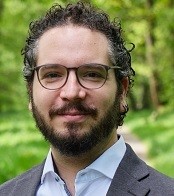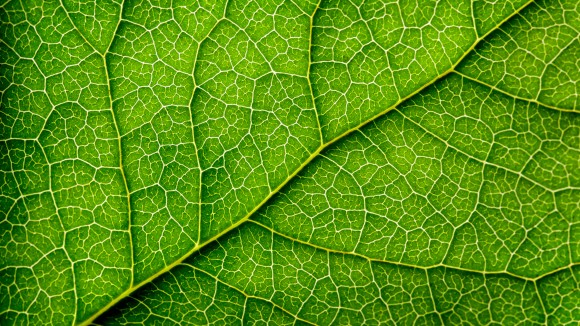 Kerstin G. Blank is a Professor of Experimental Physics at Johannes Kepler University Linz where she heads the Department of Biomolecular & Selforganizing Matter. Prof Blank’s research interests combine her background in biochemistry and biophysics with the goal of developing mechanoresponsive protein building blocks for cell biology and materials science applications. She is co-founder and Vice Chair of the first Gordon Research Conference on Multiscale Mechanochemistry & Mechanobiology. Prof Blank has been an Editorial Board Member for Scientific Reports since 2021.
Kerstin G. Blank is a Professor of Experimental Physics at Johannes Kepler University Linz where she heads the Department of Biomolecular & Selforganizing Matter. Prof Blank’s research interests combine her background in biochemistry and biophysics with the goal of developing mechanoresponsive protein building blocks for cell biology and materials science applications. She is co-founder and Vice Chair of the first Gordon Research Conference on Multiscale Mechanochemistry & Mechanobiology. Prof Blank has been an Editorial Board Member for Scientific Reports since 2021.
 Yogendra Kumar Mishra is a Professor MSO at Mads Clausen Institute, NanoSYD, University of Southern Denmark (SDU), Denmark. He introduced a new flame-based process for metal oxide tetrapod nanostructuring and their 3D networks, which has many applications in engineering and biomedical fields. Additionally, tetrapods can be used as templates to create hybrid and new 3D materials. At NanoSYD, he is heading the Smart Materials group with a focus on developing new materials for green and sustainable technologies. Prof Mishra has been an Editorial Board Member for Scientific Reports since 2015.
Yogendra Kumar Mishra is a Professor MSO at Mads Clausen Institute, NanoSYD, University of Southern Denmark (SDU), Denmark. He introduced a new flame-based process for metal oxide tetrapod nanostructuring and their 3D networks, which has many applications in engineering and biomedical fields. Additionally, tetrapods can be used as templates to create hybrid and new 3D materials. At NanoSYD, he is heading the Smart Materials group with a focus on developing new materials for green and sustainable technologies. Prof Mishra has been an Editorial Board Member for Scientific Reports since 2015.
 Abdon Pena-Francesch is an Assistant Professor of Materials Science and Engineering at the University of Michigan. His research group works on biological and bioinspired functional materials for applications in robotics, healthcare, and sustainability. He is particularly interested in protein-inspired polymers, self-healing materials, and bioinspired robotics. Dr Pena-Francesch has been an Editorial Board Member for Scientific Reports since 2021.
Abdon Pena-Francesch is an Assistant Professor of Materials Science and Engineering at the University of Michigan. His research group works on biological and bioinspired functional materials for applications in robotics, healthcare, and sustainability. He is particularly interested in protein-inspired polymers, self-healing materials, and bioinspired robotics. Dr Pena-Francesch has been an Editorial Board Member for Scientific Reports since 2021.
 Chaoying Wan is a Reader in Multifunctional Nanocomposites at the University of Warwick. She works at the interfaces of chemistry, characterization and reactive processing of multiphase/multicomponent nanocomposites, and specializes in bio-inspired material design using multiscale technologies. Her research focuses on developing dynamic polymeric nanocomposites with adaptive, renewable and sustainable characteristics for low carbon and energy efficient applications. Dr Wan has been an Editorial Board Member for Scientific Reports since 2021.
Chaoying Wan is a Reader in Multifunctional Nanocomposites at the University of Warwick. She works at the interfaces of chemistry, characterization and reactive processing of multiphase/multicomponent nanocomposites, and specializes in bio-inspired material design using multiscale technologies. Her research focuses on developing dynamic polymeric nanocomposites with adaptive, renewable and sustainable characteristics for low carbon and energy efficient applications. Dr Wan has been an Editorial Board Member for Scientific Reports since 2021.

